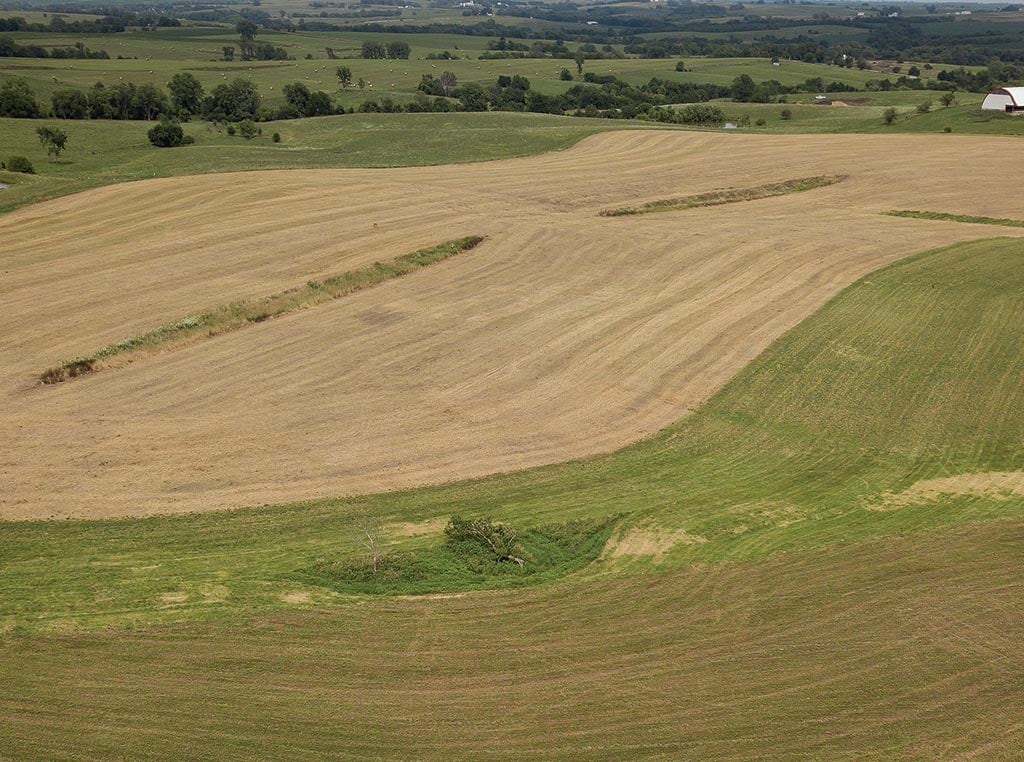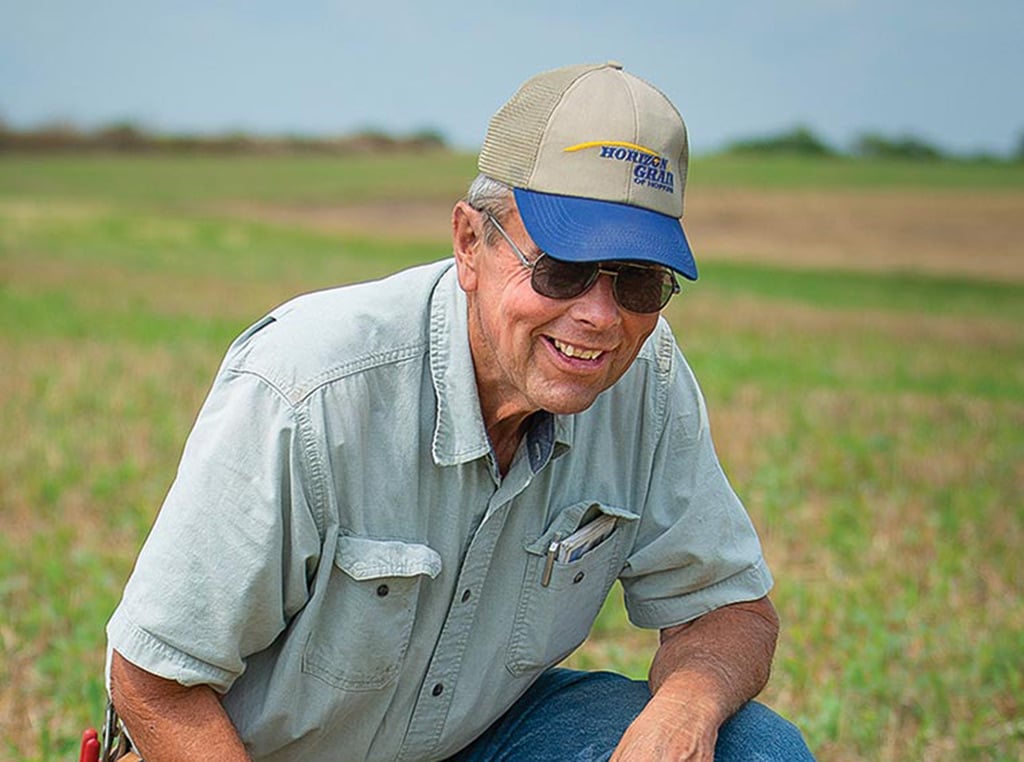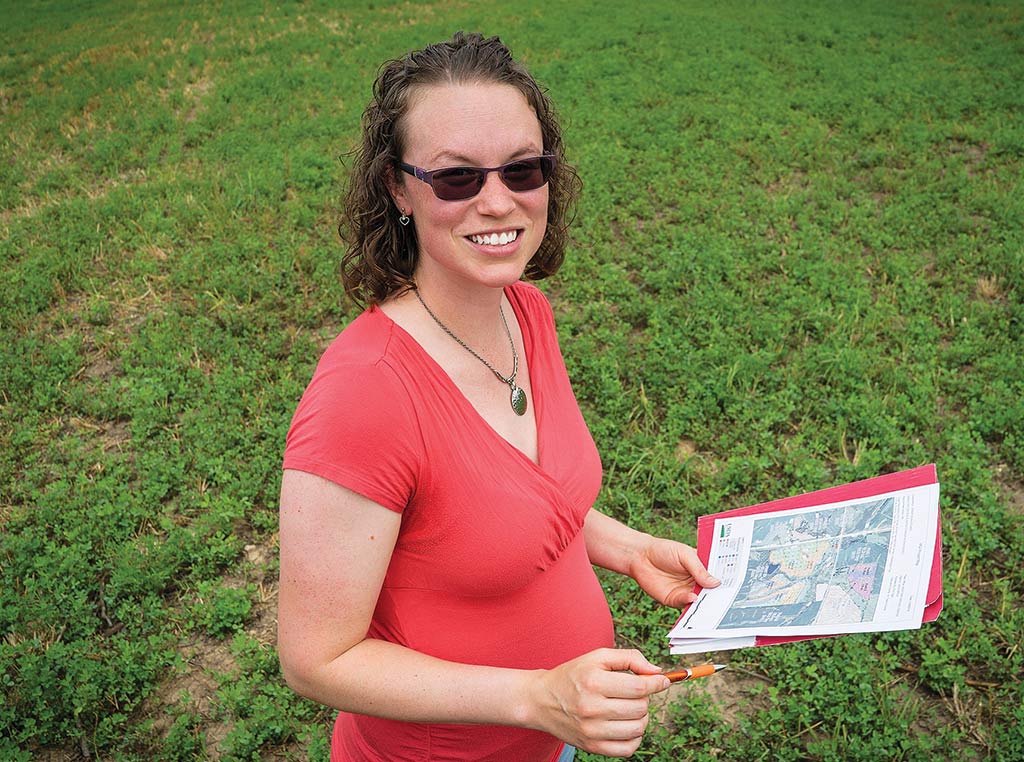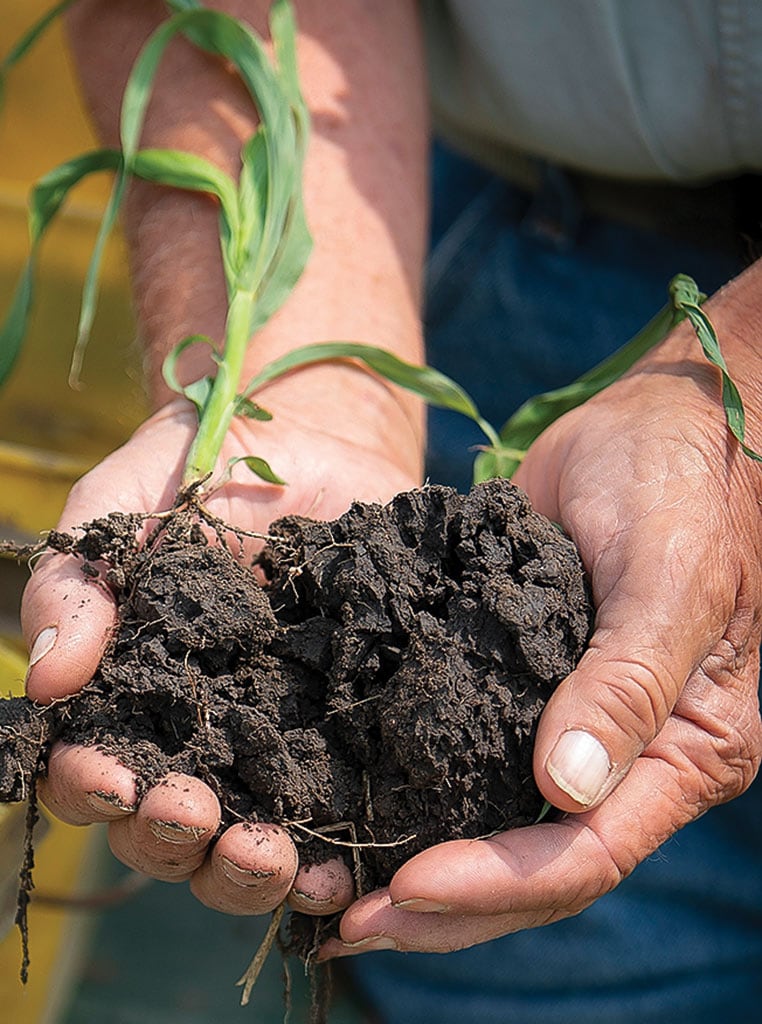Sustainability, Education December 01, 2021
Microbe Mondays
Innovation drives conservation in Taylor County, Iowa.
As both an Iowa farmer and a commissioner for the Taylor County Soil and Water Conservation District, Paul Ackley knows all about the big-picture challenges facing agriculture. On this late summer day, however, he is taking a much narrower focus as he shows a visitor a multi-species cover crop that had been planted following a small grain harvest.
His cover-crop cocktail, which includes up to a dozen species, will provide grazing for Ackley’s livestock enterprise, but it also is intended to jump start the soil-building process. “This blend really kicks soil life into gear,” he says, pointing out that an improvement of 1% in soil organic matter could increase soil water-holding capacity by 20,000 gallons per acre—allowing rainfall to infiltrate, rather than running off and transporting sediment and nutrients to streams. “If we are going to affect water quality, we have to start at the plant level,” Ackley says. “We must think at the square foot, or even the square inch, level.” Or maybe zoom in even more. Erin Ogle, watershed coordinator for the Taylor County Water Quality Initiative (WQI), thinks at the micro level. That’s why she led off the county’s 2020 virtual field week—when COVID cancelled plans for a traditional field day—with Microbe Monday.
Visitors to the Taylor County SWCD website (taylorswcd.com) were introduced to YouTube videos showing life in the soil. Subsequent days (Try it Tuesday, Water Quality Wednesday, and so on) continued the series. “Microbes are the common denominator that tie it all together,” Ogle observes. “To accomplish our goals above the ground, we need to start with the life in the soil beneath our feet.”
Sidehill success. In 2016, Taylor County SWCD began a three-year WQI project unlike any other in the state, following the Iowa Nutrient Reduction Strategy. Other projects were located by watershed, but this WQI is county wide. It addresses Taylor County’s rolling terrain, with multiple soil types in any given field, using a targeted conservation approach. Thin soils on the sidehills are vulnerable to erosion, and a partnership with EFC Systems and its web-based Profit Zone Manager (PZM) tool shows that these soils also are often unprofitable for row-crop production.
Above. Paul Ackley plants a diverse mix of cover crops following a small grain crop. Erin Ogle helps farmers target vulnerable—and unprofitable—soils for conservation practices. Innovative programs boost soil health and soil organic matter.
Producers can choose to protect these sidehills and receive a one-time $250 payment under the crop-to-hay/pasture practice, committing sidehills to a five-year pasture or hay crop with a maximum of 40 acres per producer per year. In the northern part of the county, Shane Stoaks seeded an alfalfa-orchardgrass mix in multiple years to protect vulnerable acres on a 240-acre farm. “We needed something like this,” he says. “This provides livestock feed, or a chance to sell some hay. And it has saved a lot of soil in Taylor County.” It also provides water quality benefits, with early results showing a 30% reduction in nitrate-N leaving tile lines from the seeded sidehills.
Soil builder. The “summer fall grazer” practice shoehorns a small grain into the typical corn-soybean rotation, followed by the soil-building fall grazing mix. This three-year option, with an $80 per acre one-time payment and 20 acres maximum, allows growers to farm cash crops while providing soil cover and livestock grazing—along with the diversity that provides a big boost to the microbe community.
SWCD commissioner Ackley has been on a long journey to renew his soils, and has seen organic matter levels slowly rise from about 2.5% to 4%. He and other SWCD commissioners promote the slogan, “Farm the Best, Restore the Rest;” since the Taylor County WQI was renewed in 2019 (and is up for renewal again at the end of 2021), the county is pursuing that goal through its innovative programs.
“Not all farm ground is created equal,” Ackley says. “It should not be farmed the same.” ‡
Read More
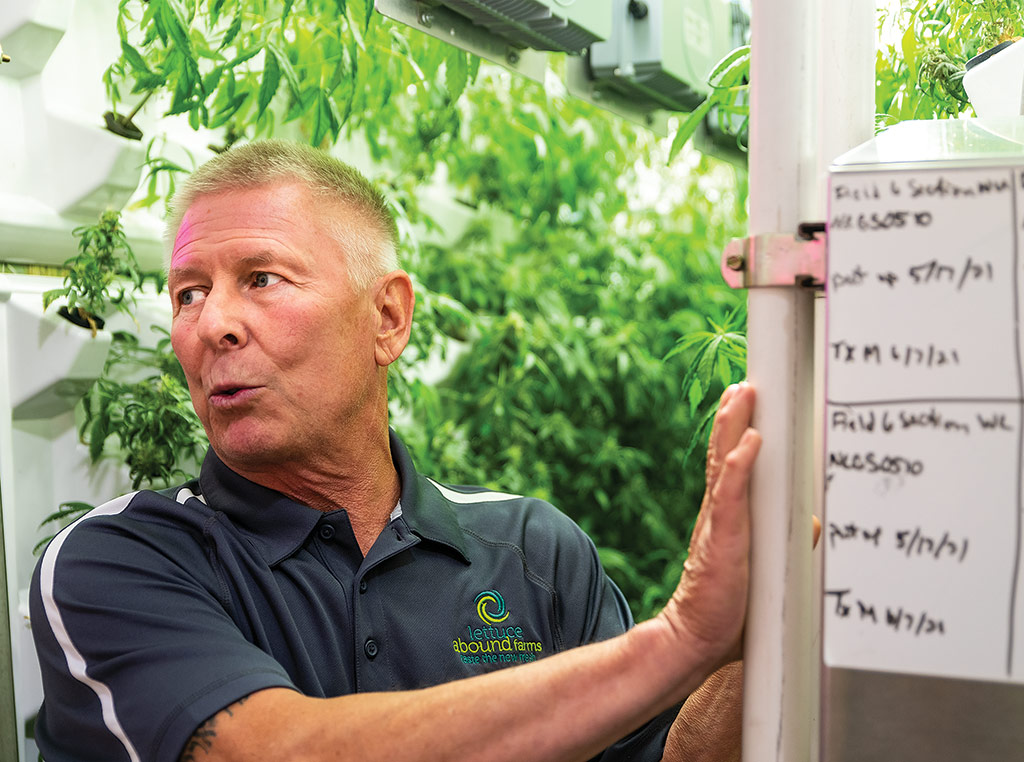
AGRICULTURE, FARM OPERATION
High Growing Hemp
Taming the wild west of industrial hemp with vertical farming.
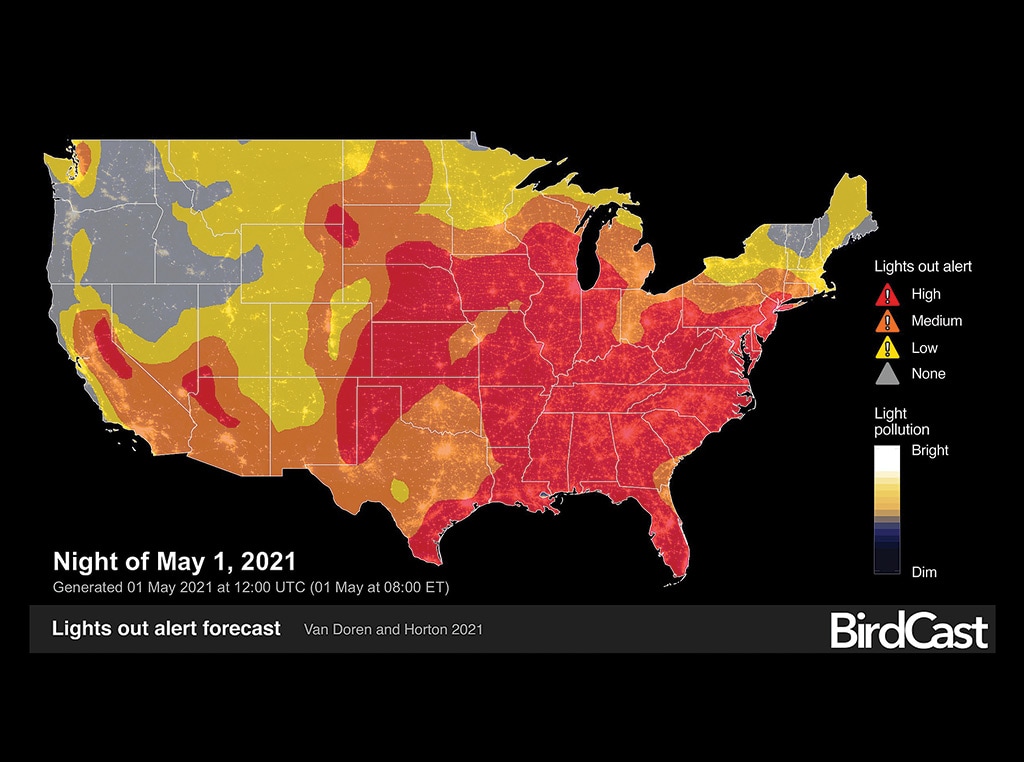
EDUCATION, SPECIALTY/NICHE
Monitoring the Migration
Weather radar and citizen scientists monitor bird migration.

